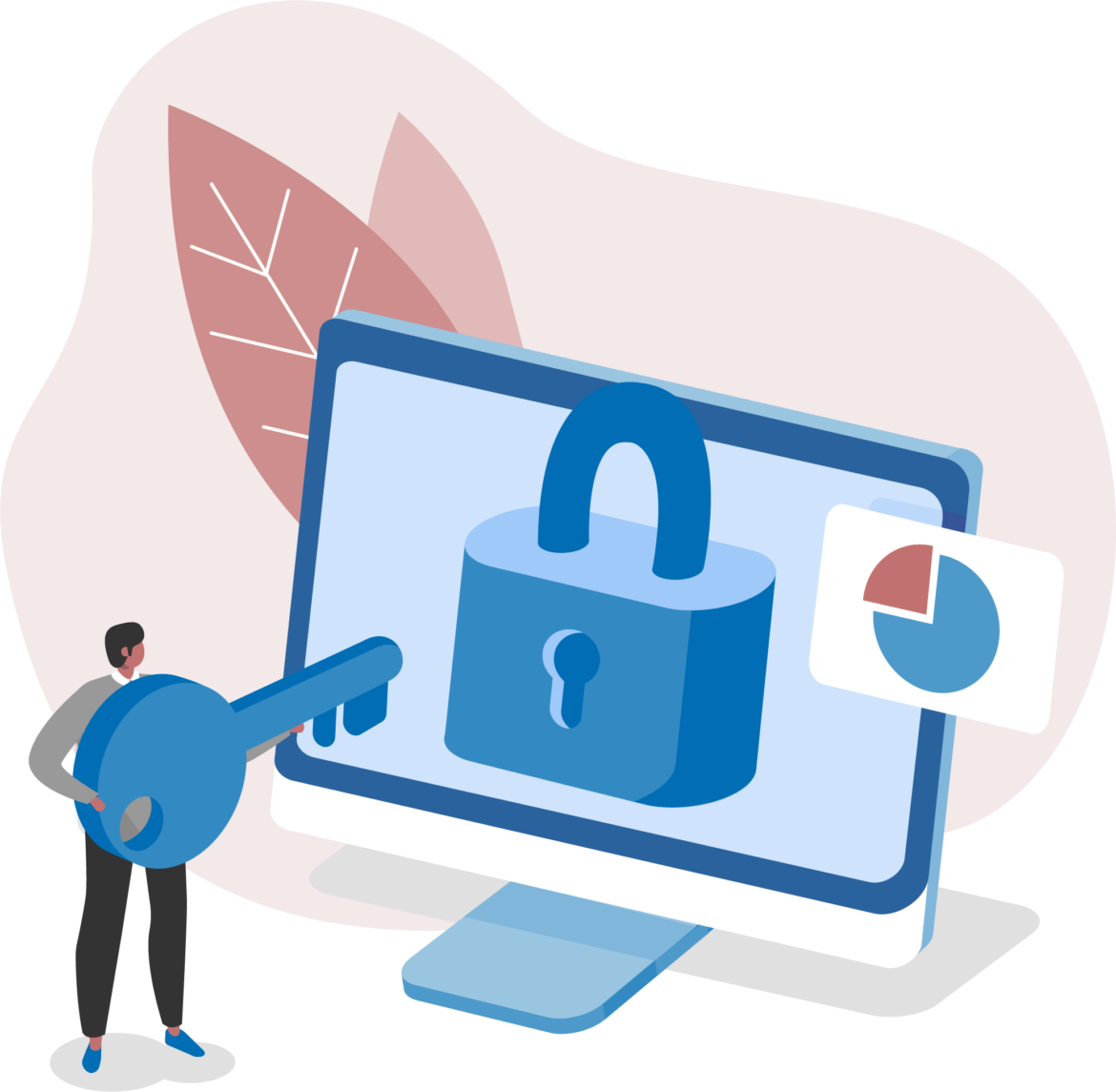Which of the following is a primary benefit of adopting a platform approach for managing application environments with diverse needs?
Which Kubernetes feature allows you to control how Pods communicate with each other and external services?
In a Kubernetes environment, which component is responsible for watching the state of resources during the reconciliation process?
In the context of platform engineering and the effective delivery of platform software, which of the following statements describes the role of CI/CD pipelines in relation to Software Bill of Materials (SBOM) and security scanning?
Which of the following is a primary benefit of using Kubernetes Custom Resource Definitions (CRDs) in a self-service platform model?
In what way does an internal platform impact developers' cognitive load?
As a Cloud Native Platform Associate, you are tasked with improving software delivery efficiency using DORA metrics. Which of the following metrics best indicates the effectiveness of your platform initiatives?
What is the fundamental difference between a CI/CD and a GitOps deployment model for Kubernetes application deployments?
A Platform Team is adopting the HEART framework to measure user experience of their developer portal. Which of the following aspects does the HEART framework primarily focus on to help improve developer experience and platform performance?
To simplify service consumption for development teams on a Kubernetes platform, which approach combines service discovery with an abstraction of underlying infrastructure details?
|
PDF + Testing Engine
|
|---|
|
$49.5 |
|
Testing Engine
|
|---|
|
$37.5 |
|
PDF (Q&A)
|
|---|
|
$31.5 |
Linux Foundation Free Exams |
|---|

|